blue bell tree
 The Vietnamese blue bell bonsai... - The Pot Tree Outlet | Facebook
The Vietnamese blue bell bonsai... - The Pot Tree Outlet | FacebookHyacinthoides non-scripta Hyacinthoides non-scripta Kingdom: Clade: Clade: Clade: Order: Family: Subfamily: Genus: Species: H. non-scripta Hyacinthoides non-scripta() ex H. non-scriptaHyacinthoides non-scriptaHyacinthoides non-scripta (formerly Endymion non-scriptus or Scilla non-scripta) is a , found in Atlantic areas from the northwest of Spain to , and also frequently used as a . It is known in English as the common bluebell or simply bluebell, a name that is used in Scotland to refer to the . In spring, H. non-scripta produces a notion, a unilateral inflorescence of 5–12 tubular flowers, violet of sweet aroma, blue, with strongly repeated leaves, and 3–6 long, linear, basal. Hyacinthoides non-scriptacommon bluebellbluebellH. non-scripta is particularly associated with where you can dominate the subsoil to produce violet or blue flower carpets in ", but it also occurs in more open habitats in western regions. It is protected by British law, and in some other parts of its range. A related species has also been introduced in the British Island and with H. non-scripta to produce known intermediaries as . ContentTaxonomy[]Hyacinthoides non-scripta was for his seminal work 1753, as a species in the genus. The non-scriptus means "without letters" or "without marking" and was intended to distinguish this plant from the classic hyallón of . This mythical flower, which was hardly the modern hialcinth, arose from the blood of the dying prince. His lover, the god, shed tears that marked the petals of the new flower with the letters "AIAIAI" ("alas") as a sign of his pain. In 1803, he transferred the species to the genus, and in 1849 transferred it to the Endymion genre (now a synonym for Hyacinthoides); it is still widely known as "Scilla non-scripta" or "Endymion non-scriptus". In 1934, he transferred the species to his current placement in the genus. Scilla was the original Greek name for the dungeon of the sea; it is a character of ; Hyacinthoides means "as a hyacinto". Hyacinthoides is H. hispanica, while Endymion's is "Scilla nutans", described by 1797, but now treated as one of H. non-scripta. Smith had argued that ("nodding") is a more appropriate epithet than the non-scriptus, which makes no sense once separated from Hyacinthus, but he requires the oldest name to be used, regardless of the meaning. for Hyacinthoides non-scripta include bluebell, common bluebell, English bluebell, British bluebell, wild hyacinth, wood bell, fairy flor and bell bottle. In Scotland, the term "bluebell" is used for harebell, . Related species[]Hyacinthoides non-scripta forms with three other species – and – centered on the . H. paivae is limited to a small area of the northwest of Iberia (and neighbouring parts of Portugal), while H. cedretorum is located in mountainous areas of the west ( and ). Within Iberia, H. non-scripta and H. hispanica are geographically separated by the river. The genus also contains seven more species, mainly distributed more to the east in the . Description[]Hyacinthoides non-scripta is one that grows from a . It produces 3-6 linear leaves, all growing from the base of the plant, and every 7–16 millimetres (0.28–0.63 en) wide. One of 5–12 (exceptionally 3–32) flowers is carried on a stem of up to 500 mm (20 in) tall, which sinks to the tip; the flowers are arranged on a one-sided edge. Each flower is 14-20 mm (0.55–0.79 in) long, with two bracts on the base, and the six are strongly repeated on their ends. Tepals are violet-blue. The three in the outer prow are merged to the for more than 75% of its length, and the cream bear. The flowers are strong and sweetly aromatized. The seeds are black and germinate on the surface of the soil. The bulbs produce contractual roots; when these roots contract, they draw the bulbs in deeper layers of the soil where there is greater humidity, reaching depths of 10–12 cm (3.9–4.7 in). This can explain the absence of H. non-scripta of some thin soils on the chalk in , as the bulbs cannot penetrate into sufficiently deep soils. H. non-scripta differs from , which occurs as a species introduced in the British Island in several ways. H. hispanica has more pale flowers that are carried on symmetrical radial clusters; their tepals are less recurring, and are only sparsely perfumed. The outer stamens merge with the tepals for less than 75% of their length, and the anthers are the same color as the tepals. These two species are believed to have diverged 8,000 years ago. The two species easily produce fertile seed known as ; the hybrids are intermediate between the parent species, forming a spectrum of variation that connects the two. Distribution and ecology[]Hyacinthoides non-scripta is originating from the western parts of Atlantic Europe, from the northwest and northwest, to the and the . It is located in , , , , , , Netherlands and Spain, and also occurs as a naturalized species in , and . It has also been introduced (and can be very invasive) in various parts of North America, both in the , ) ( Despite the wide distribution of H. non-scripta, it reaches its greatest densities in the British Island, where "" (woodland with the substrate dominated by H. non-scripta in spring) are a family view. H. non-scripta is located throughout the British Island, with the exception of the North (), and , and is estimated that 25%–50% of all common tiles can be found on the British Island. The Bluebells are a sort of deciduous forest over much of its range, blooming and rubbing early before the canopy closes at the end of spring. They can also be found cultivating low or , perennial plants that also form are found with a dense summer canopy. They are more successful in slightly acid soils; the same niche in alkaline conditions can be occupied by other species like . As a species adapted to forests, young shoots are able to penetrate through a thick layer of , and blue bells are often used as one to identify . The Bluebells are also frequently found in the hedgerows, and in the west of their range they can be found growing in open habitats, including coastal meadows. Bluebell flowers are rich in and , and are mainly pollinated by , although they are also visited by several other insects. They are a host species for the parasitic fungus, which causes Bluebell oxide. H. non-scripta's ability to take from the ground is greatly increased by the presence of its roots. Protection[]Hyacinthoides non-scripta is not protected under, like or the EU. In the , H. non-scripta is a protected species under the . Landowners are forbidden to get rid of the common blue bells on their land for sale and is an offence to dismantle the bulbs of wild common bells. This legislation was strengthened in 1998 within the framework of List 8 of the Act, which criminalized any trade in wild bulbs or common seeds, punishable by fines of up to 5,000 pounds per bulb. The species is not protected in the . In France, H. non-scripta is largely limited to the northern half of the country. It is not legally protected at the national level, but it is protected in many of them to the edge of its rank (, , , , , , , , , , and ). In , H. non-scripta is protected under Annexe VII of the Loi sur la conservation de la nature. Uses[] The beluebells are widely planted as either between trees or in . They bloom at the same time as , and some . Its capacity for , using the offsets of bulbs and seeds, means that they can spread quickly, and it may be necessary to be controlled as . In common with other members of their kind, the Bluebells, in particular their bulbs, are usually considered toxic. Bluebells synthesizes a wide range of chemicals with potential medicinal properties: they contain at least 15 biologically active compounds that can provide protection against insects and animals. Certain extracts – water-soluble – are similar to the compounds tested for use in the fight against HIV and cancer. The light bulbs of the blue bells are used as a remedy for, and as a or, while the sap can be used as a . The bluebell can be considered as the " favorite flower of the UK". When the wild-plant charity organized a survey in 2004 to find a favorite flower for each county in the UK, it decided to ban voters from choosing the bluebell because it had been, with much, the highest choice in a previous survey for the nation's favorite flower. A stylized bell is used as for . Notes[]References[]abcdefgh59abc20ab2181abcdefghijababc142ababab100 External links[] Wikimedia Commons has media related to . Hyacinthoides non-scripta Hyacinthus non-scriptus Navigation menu Personal tools Named spaces Variants Views More Search Navigation Contributed Tools Printing/exporting Other projects Languages
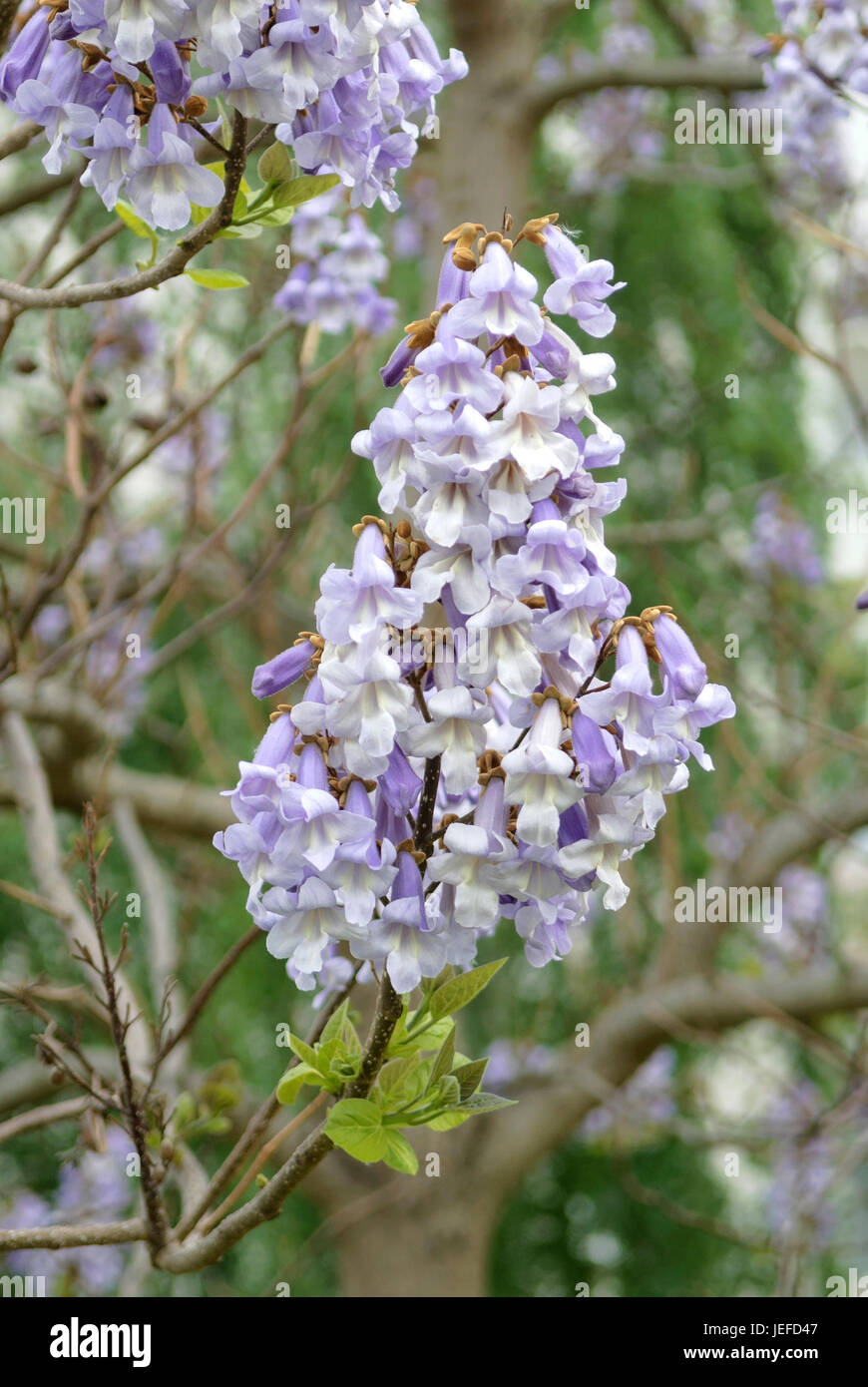
Chinese blue bell tree, Paulownia tomentosa , Chinesischer Stock Photo - Alamy

The Vietnamese blue bell bonsai... - The Pot Tree Outlet | Facebook

Garden Corner - The Vietnamese Blue Bell Tree (Desmodium... | Facebook

Steve's Desmodium from class today- also known as Linh Sam, or bluebell. These are native to Vietnam and have fragrant pu… | Purple flowers, Bonsai tree, Bluebells

Bluebell Tree Paulownia Tomentosa Stock Photo (Edit Now) 1408590044
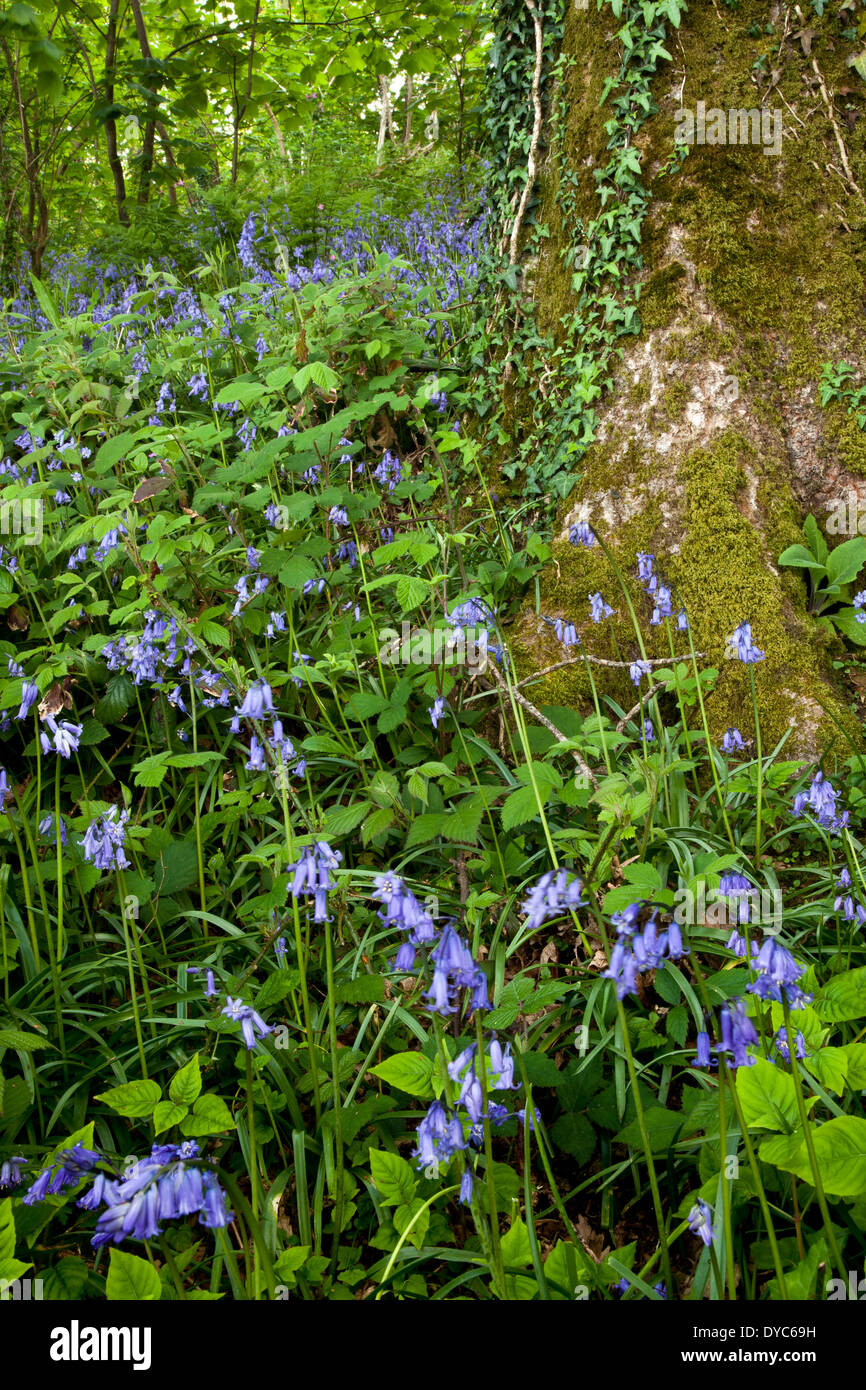
Bluebell tree Stock Photo - Alamy

Garden Corner - The Vietnamese Blue Bell Tree (Desmodium... | Facebook

Desmodium Sp. (Bluebell) need styling Suggestion

Black Scissors Work of Juan Album. Tree: Desmodium - Bluebell Tree. Picture of Juan Llaga's Facebook feed. | Bonsai tree, Bonsai styles, Japanese bonsai tree
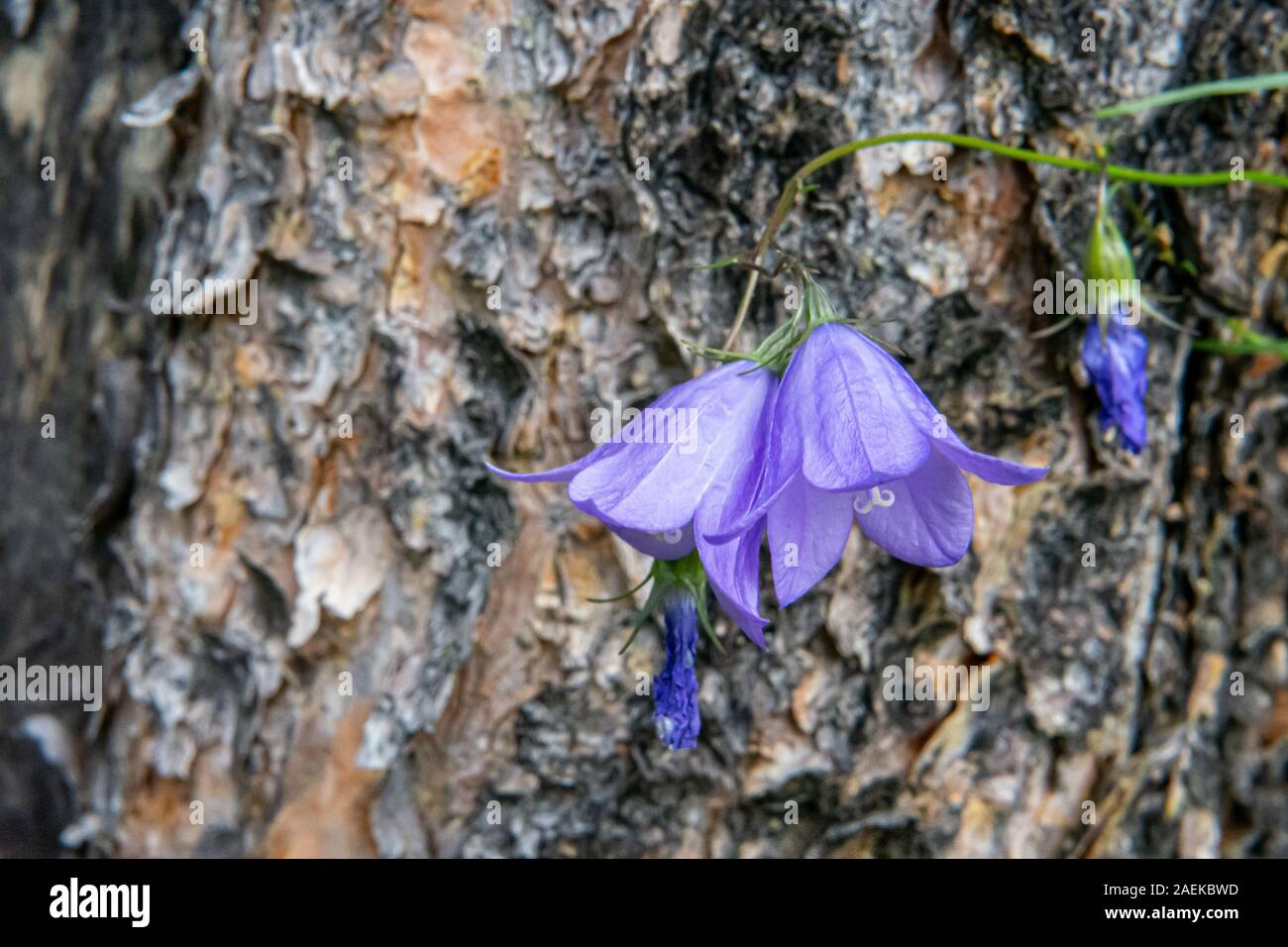
Blue Bell Flower Tree High Resolution Stock Photography and Images - Alamy

The Vietnamese #bluebell... - Bonsai Landscaping Hub 盆栽园景绿化分享| Facebook
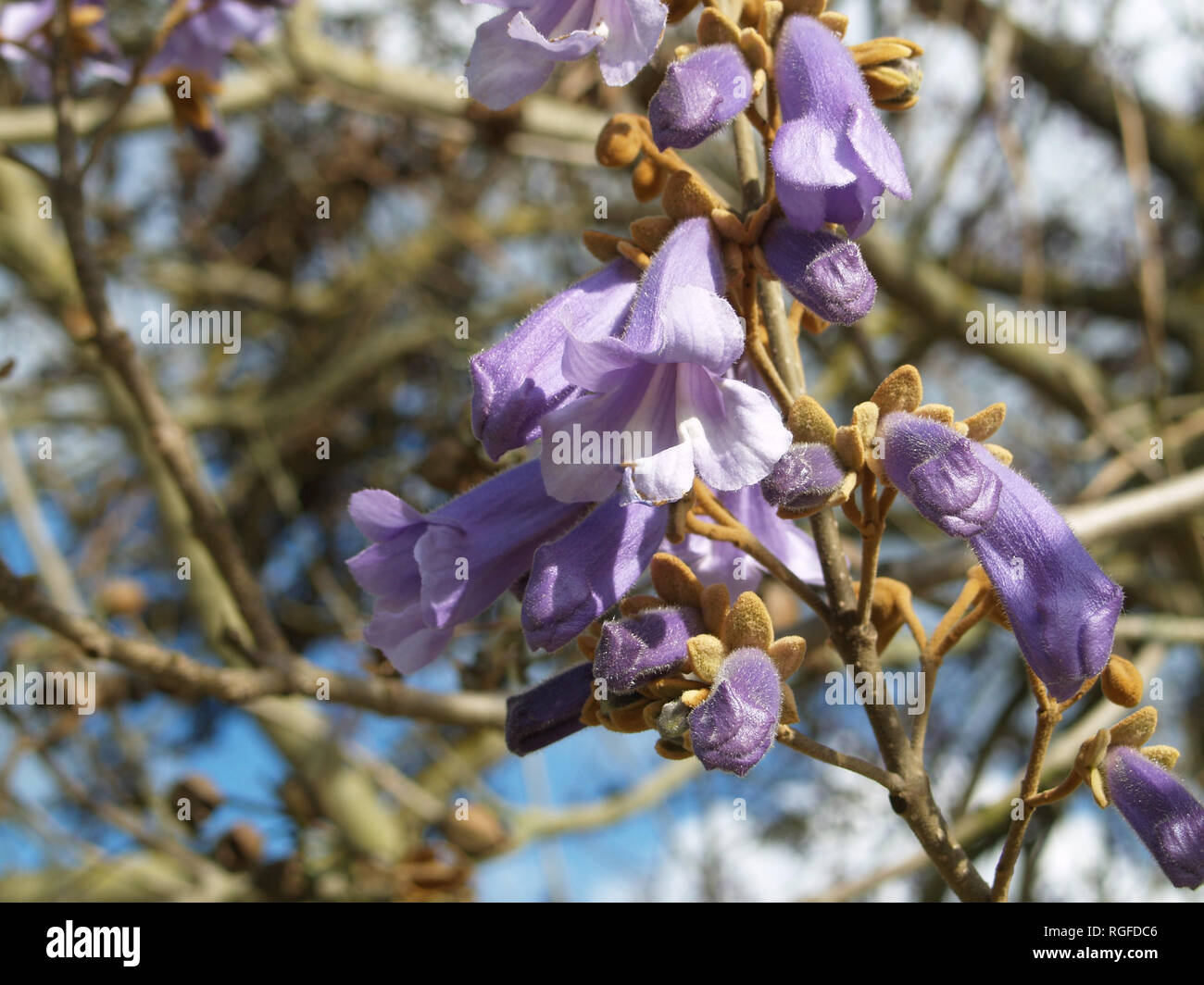
Chinese Bluebell Tree High Resolution Stock Photography and Images - Alamy
bonsaimente on Twitter: "Tree: Bluebell (2010-2018). Owner- Artist: Amay Fabro. Apprentice: Nino Jose Victorio. You can visit us on https://t.co/1G4S59UsIm #Bonsai #盆栽 #Penjing #บอนไซ #분재 #бонсай #盆景 #Penjing #Bonsaï #HagamosBonsai #Bluebell ...
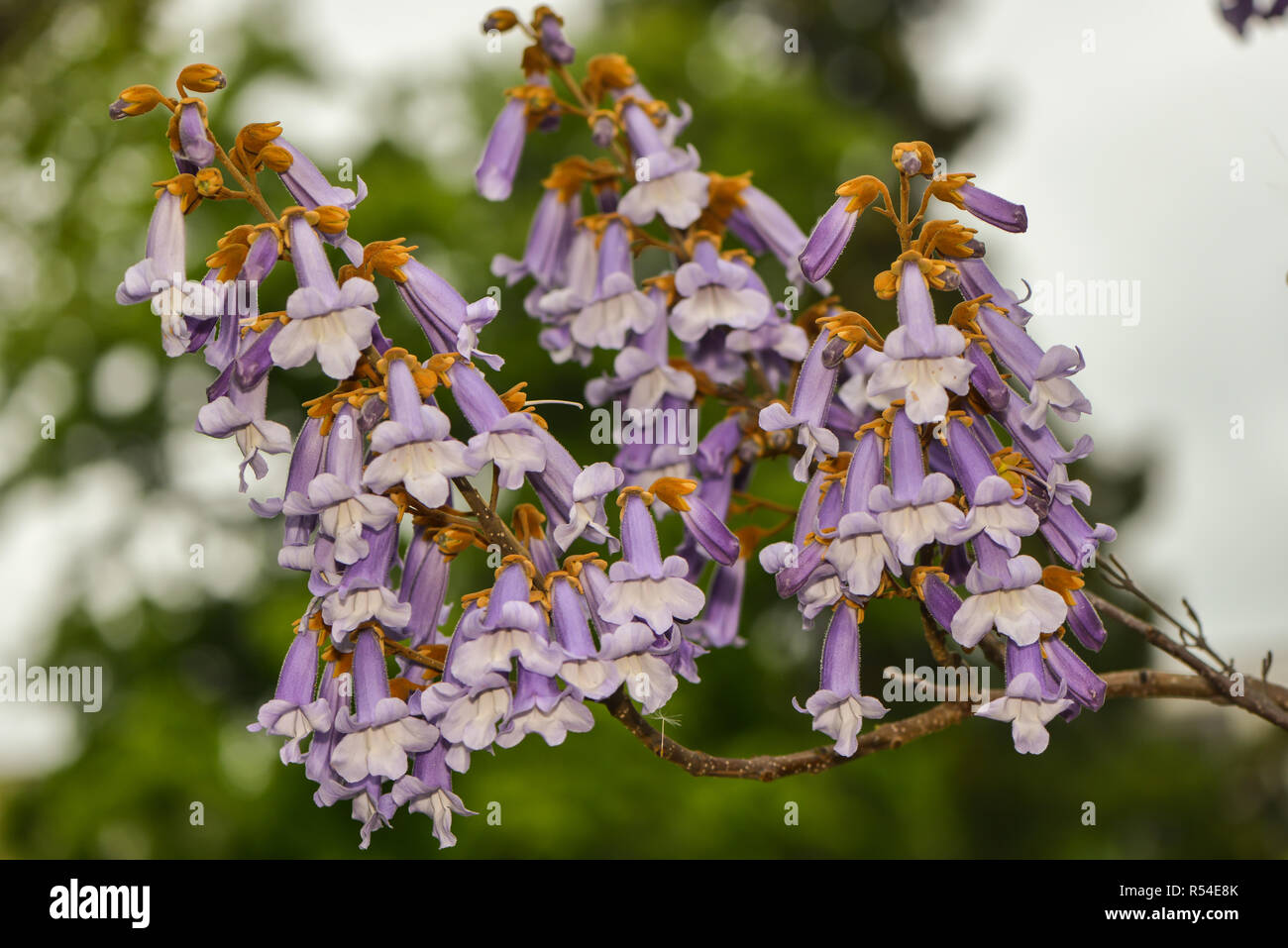
blossoms of the bluebell tree Stock Photo - Alamy

Herbal SEA Underground: Desmodium Unifoliatum (Linh Sam)

The Vietnamese #bluebell... - Bonsai Landscaping Hub 盆栽园景绿化分享| Facebook
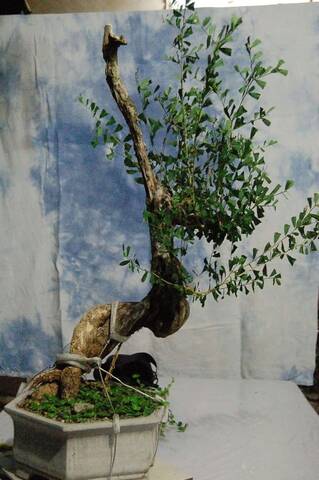
my other bluebell bonsai materials...

Blue Bell Bonsai Tree - bonsai tree
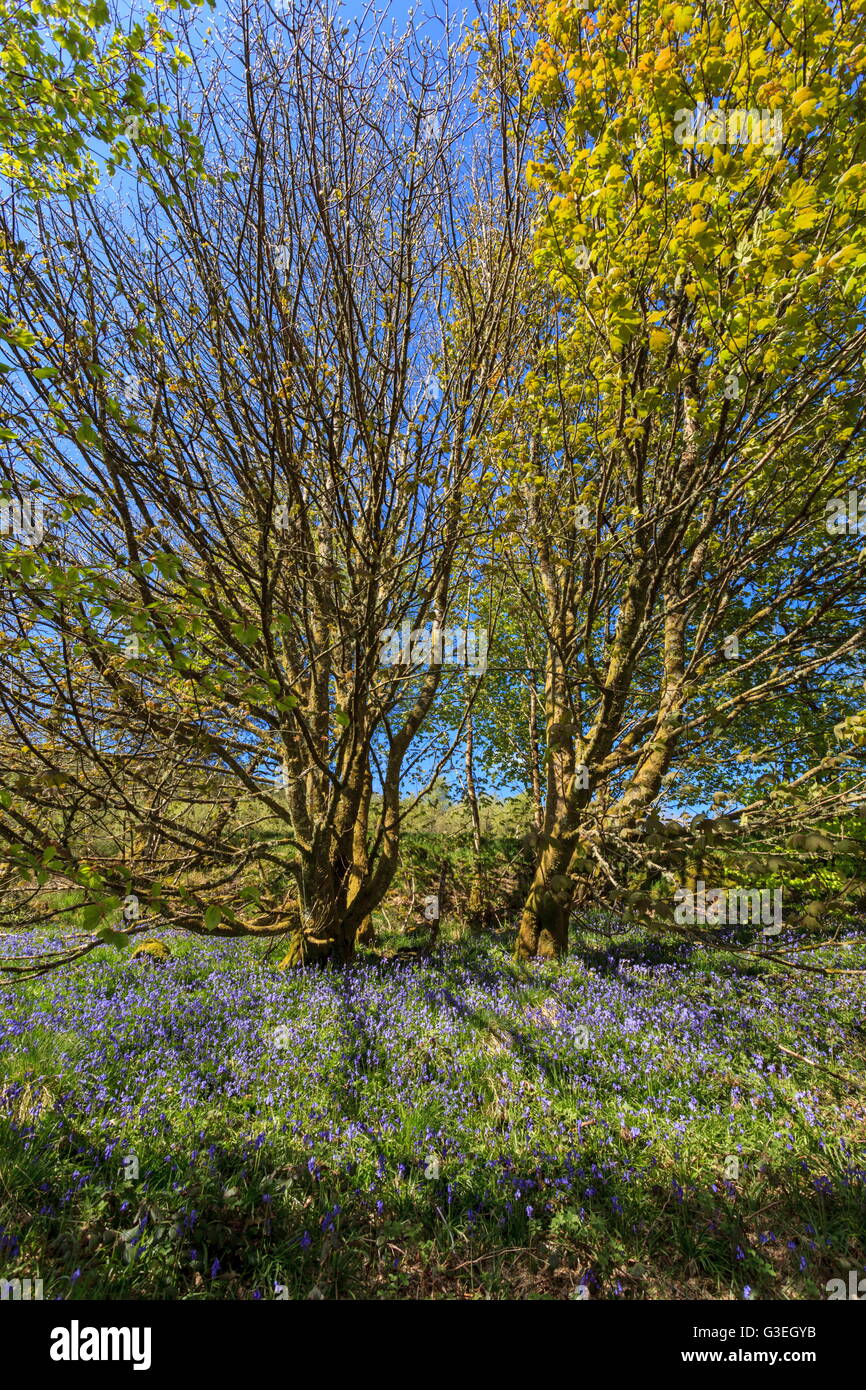
Blue Bell Flower Tree High Resolution Stock Photography and Images - Alamy
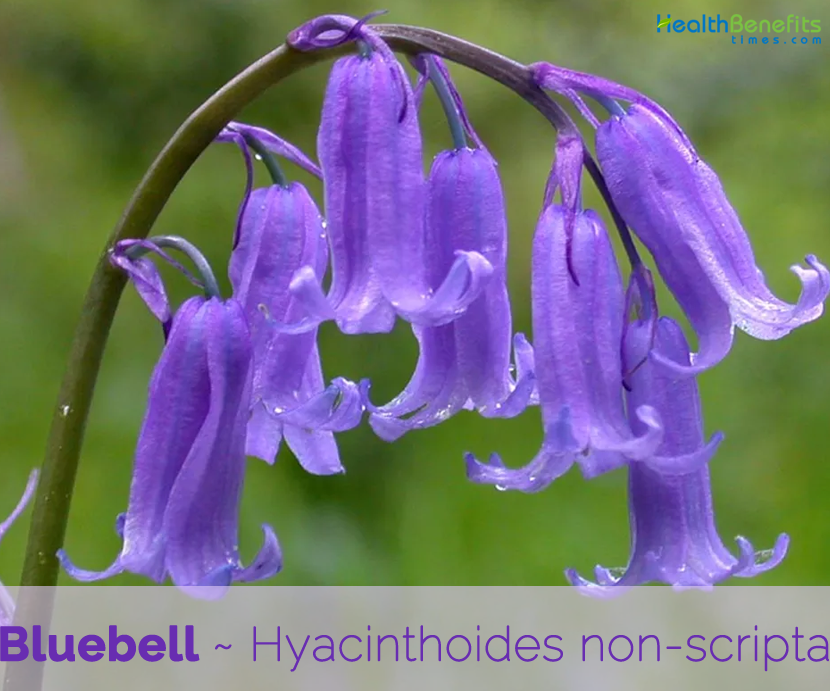
Bluebell facts and health benefits
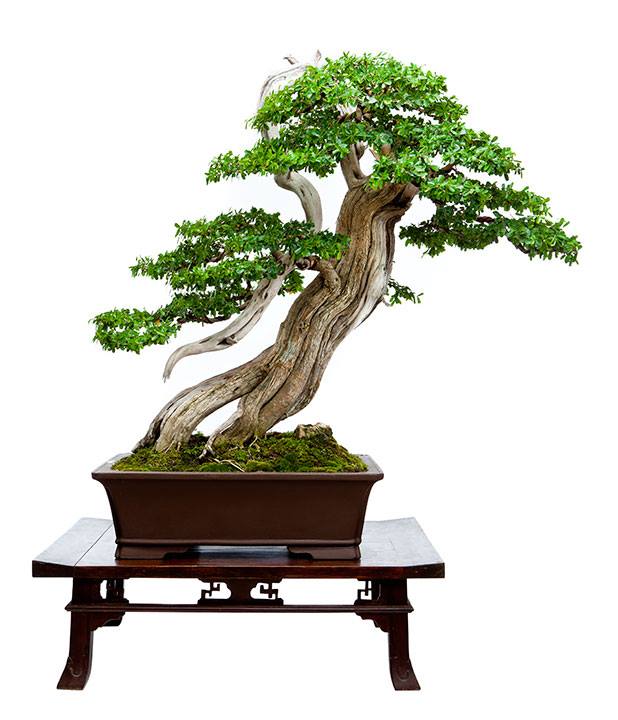
Philippine Bonsai Show 2016 – homegardeningph

The Bluebell Tree (Paulownia Tomentosa) Stock Photo, Picture And Royalty Free Image. Image 123742125.

Black Scissors Work of Juan Album. Tree: Desmodium - Bluebell Tree. Picture of Juan Llaga's Facebook feed. | 盆栽, テラリウム, 庭園
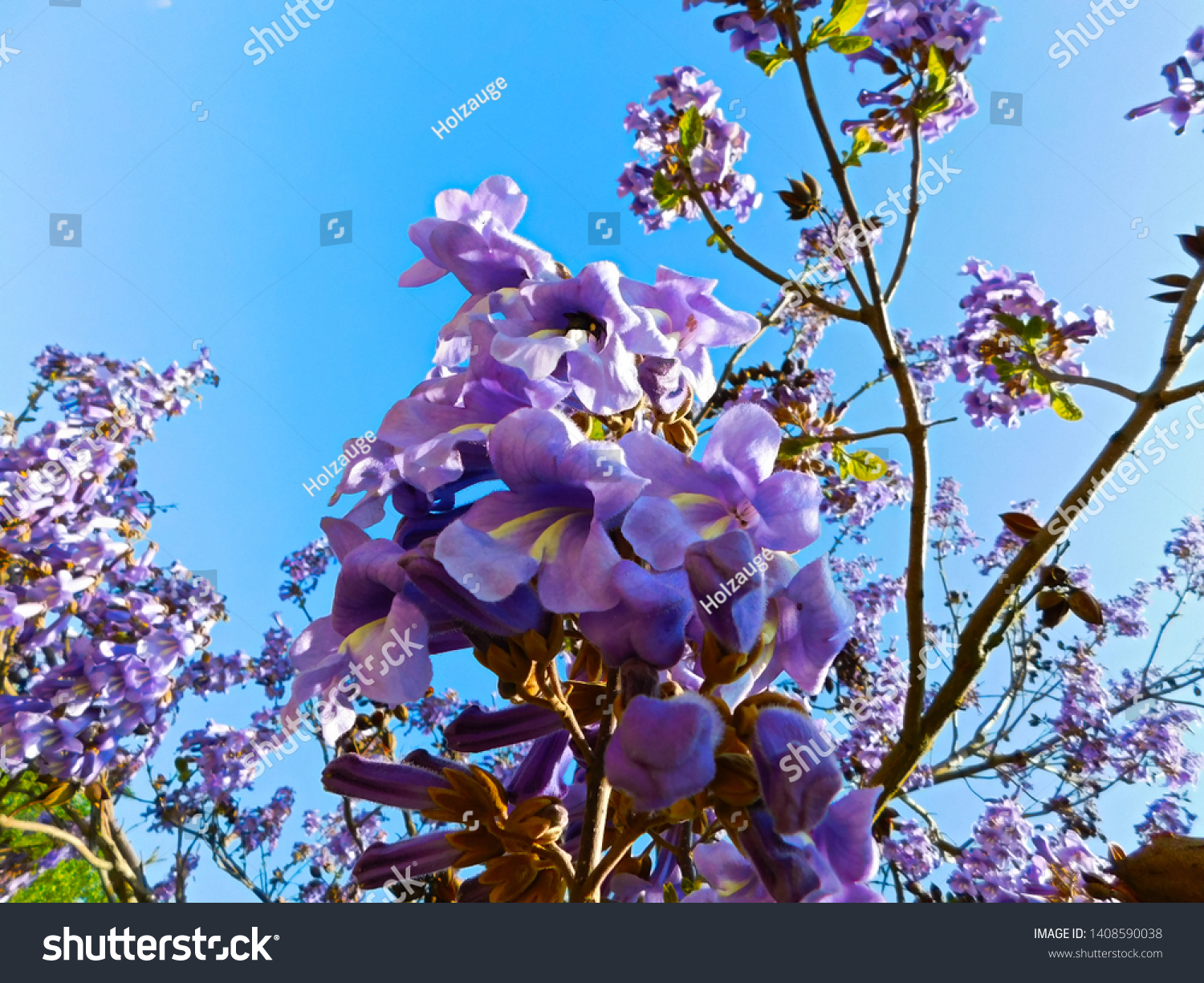
Bluebell Tree Paulownia Tomentosa Stock Photo (Edit Now) 1408590038

Bell tree dahlia | Dahlia imperialis | | Flower Database
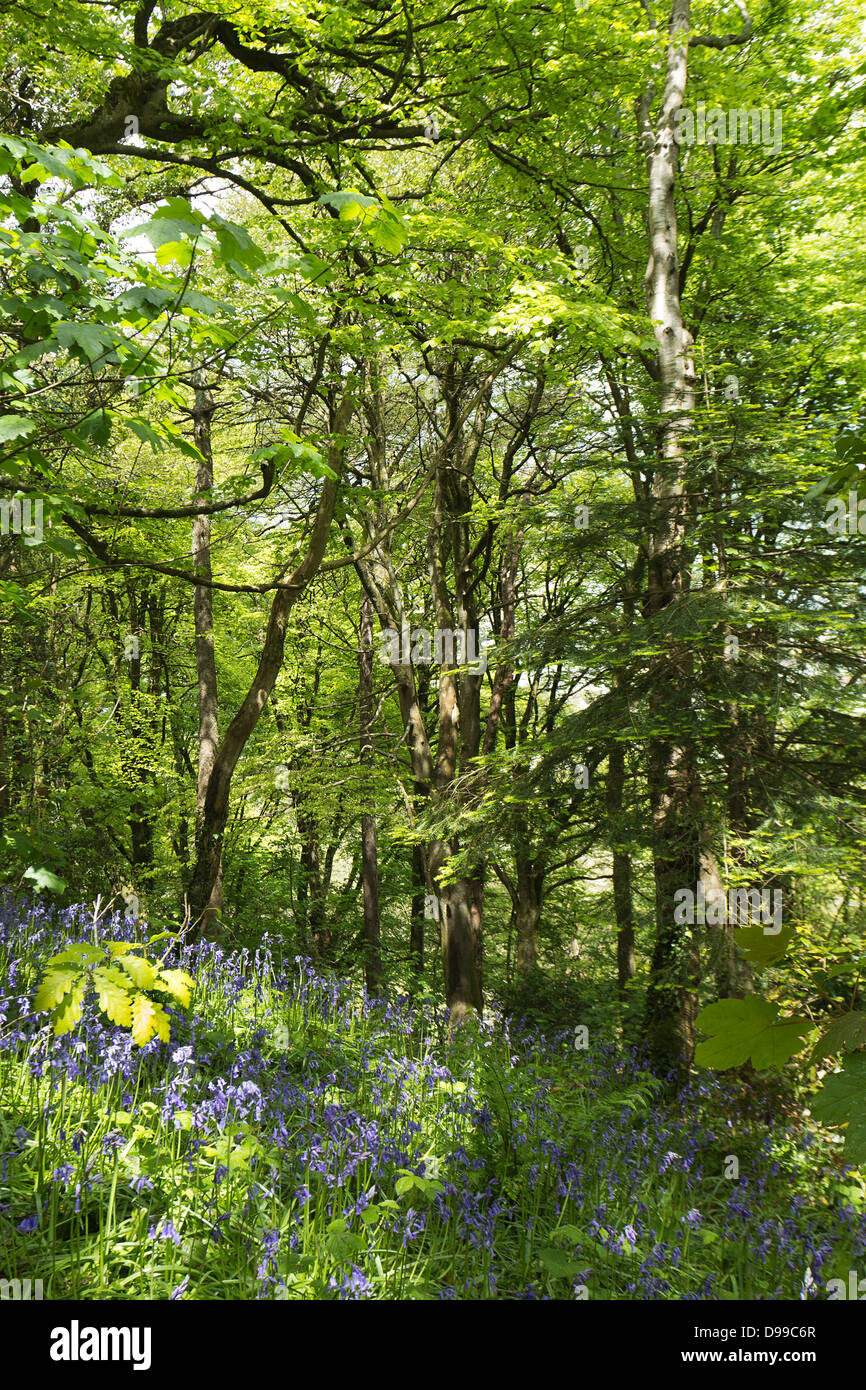
Blue Bell Flower Tree High Resolution Stock Photography and Images - Alamy
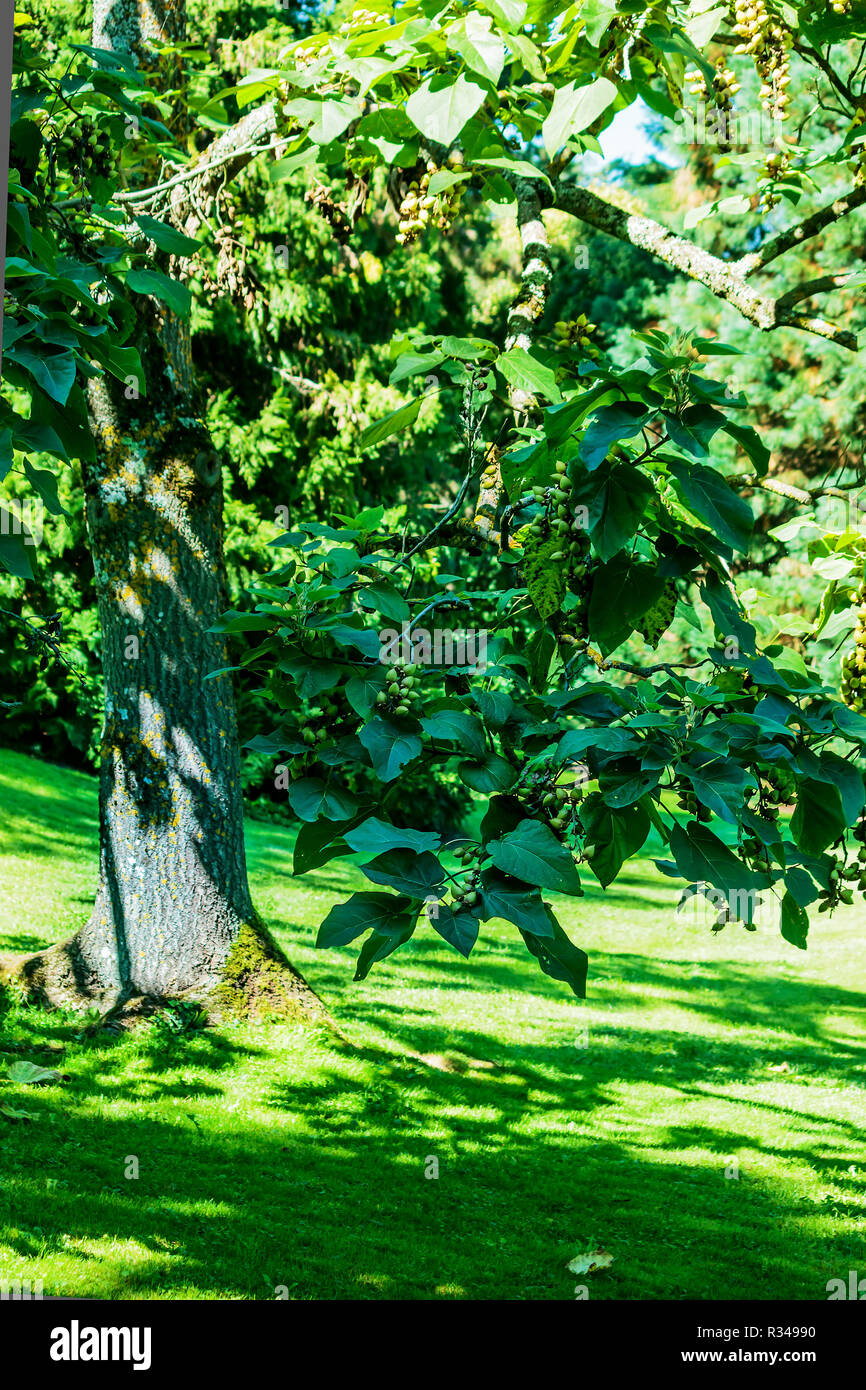
chinese blue-bell tree,paulownia tomentosa Stock Photo - Alamy

Blue bell😯 bonsai tree. Mini workshop - YouTube

Bluebell Tree Paulownia Tomentosa ⬇ Stock Photo, Image by © Sandmann59 #271626112
Blue Bell Bonsai tree for sale for Sale in Pasig City, National Capital Region Classified | PhilippinesListed.com

Blue Bell Bonsai for sale, Gardening, Flowers & Plants on Carousell

Flowers Of The Bluebell Tree Paulownia Tomentosa Stock Image - Image of garden, nahaufnahme: 146202435

The Bluebell Tree (Paulownia Tomentosa) Stock Photo, Picture And Royalty Free Image. Image 123741825.
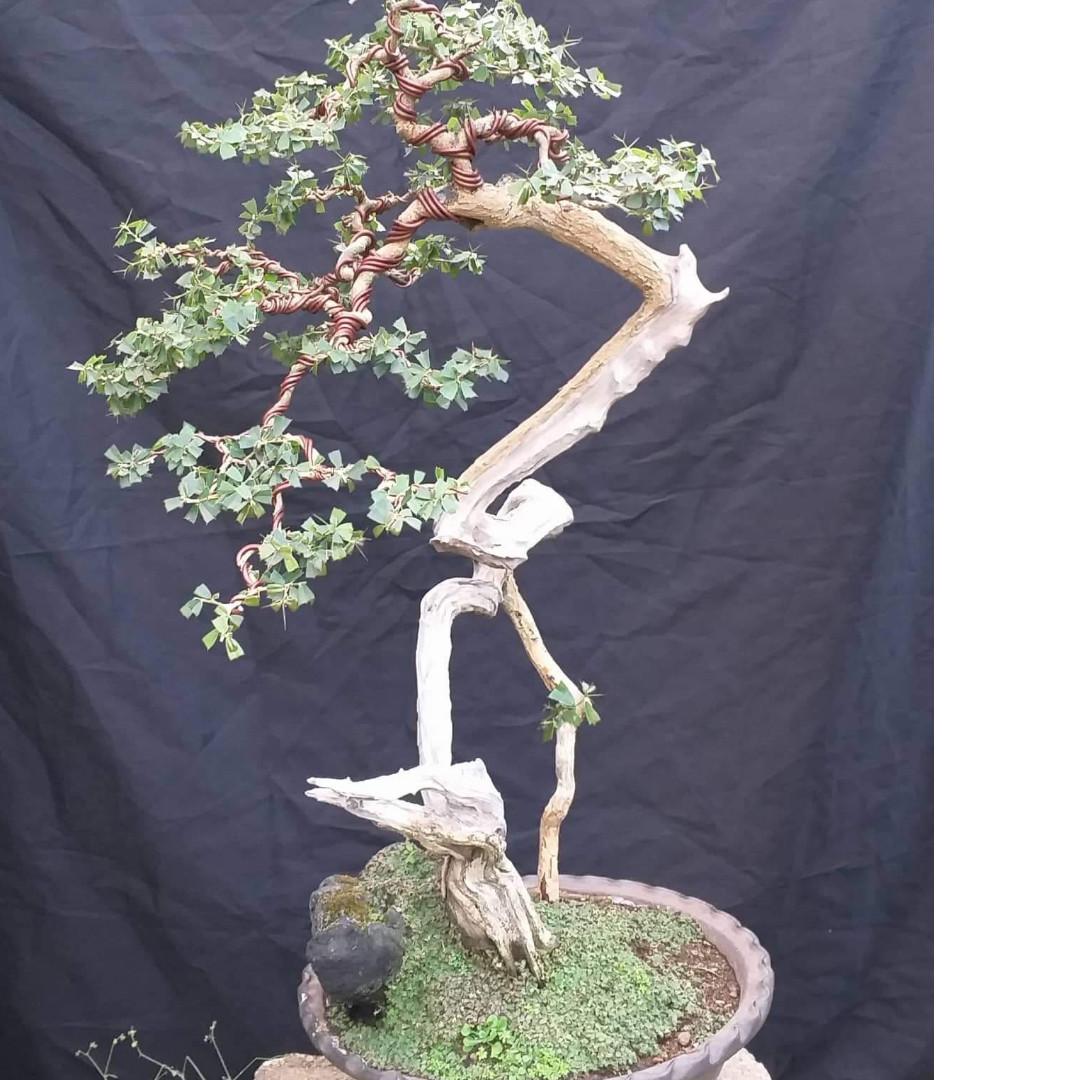
bonsai blue bell, Gardening, Flowers & Plants on Carousell
Bluebell tree canopy stock photo. Image of foliage, forest - 134277744
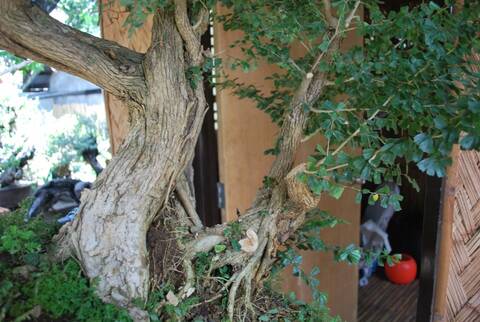
Blue Bell twin trunk first styling

Herbal SEA Underground: Desmodium Unifoliatum (Linh Sam)

Hyacinthoides non-scripta - Wikipedia
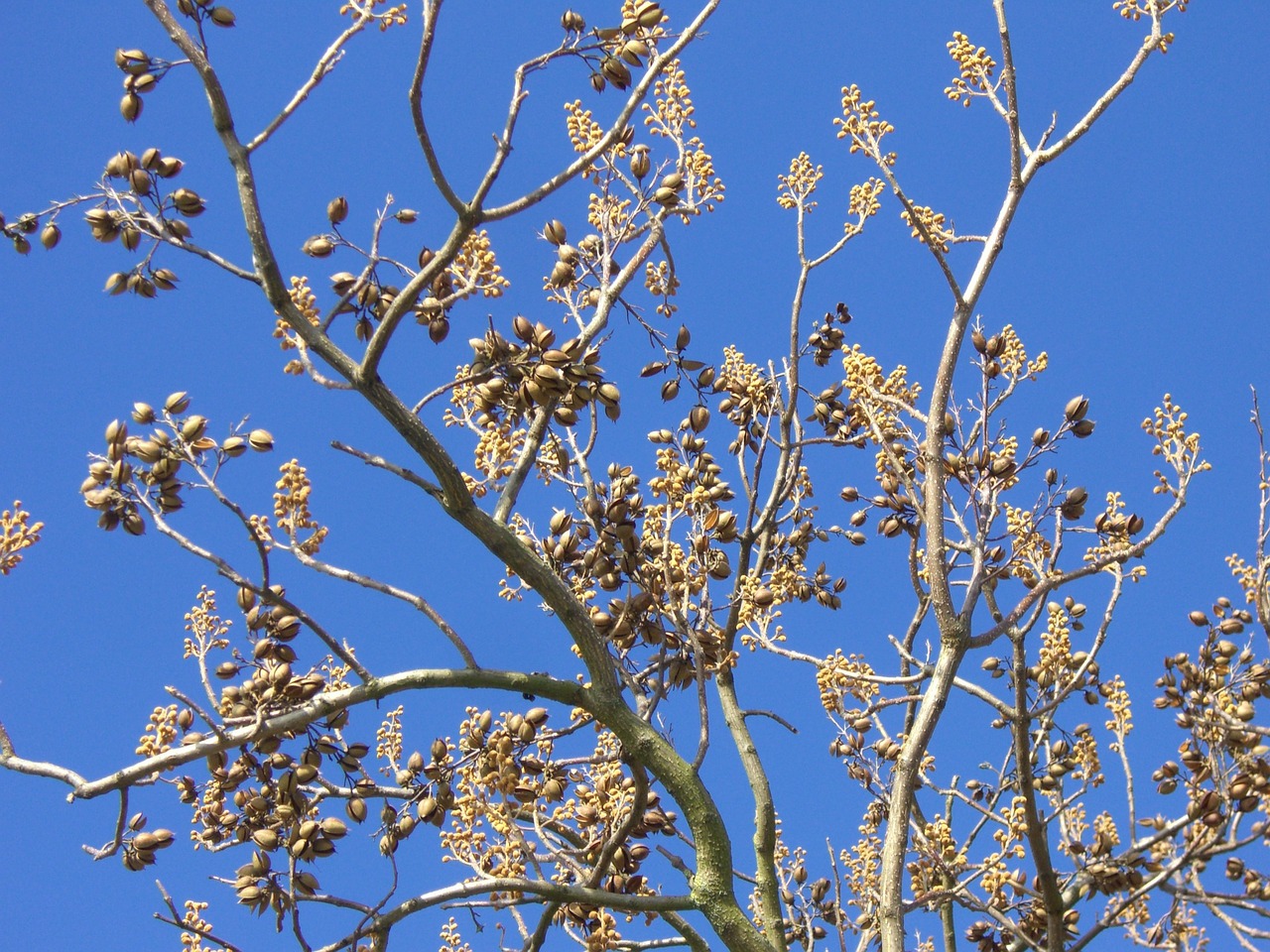
Blue bell tree,blue bell fruit,sky,blue,winter - free image from needpix.com
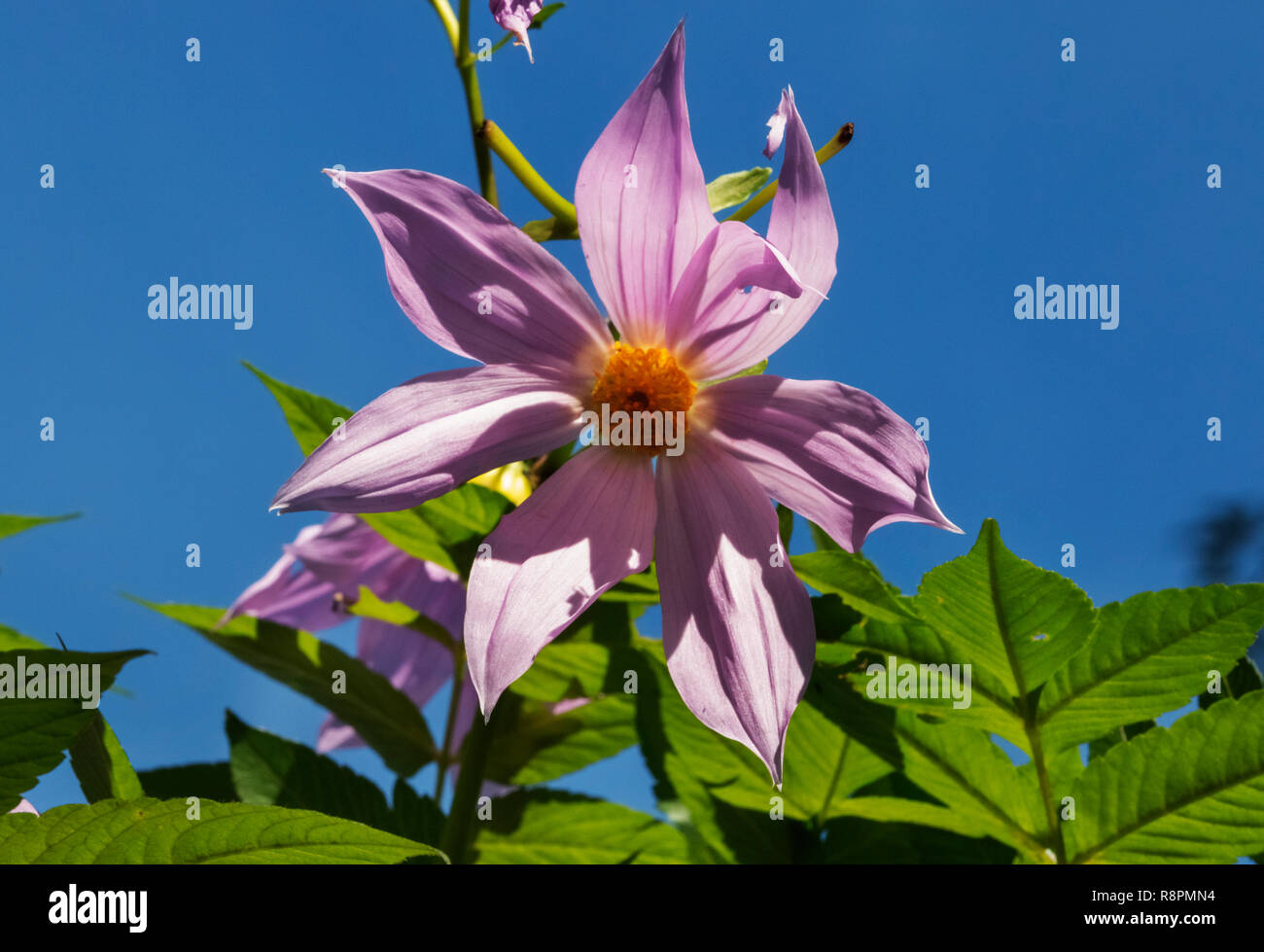
Blue Bell Flower Tree High Resolution Stock Photography and Images - Alamy
Posting Komentar untuk "blue bell tree"